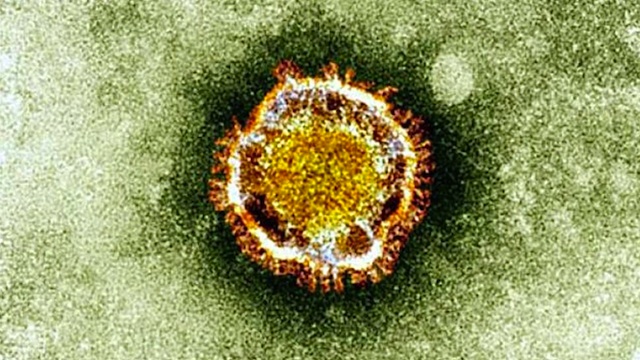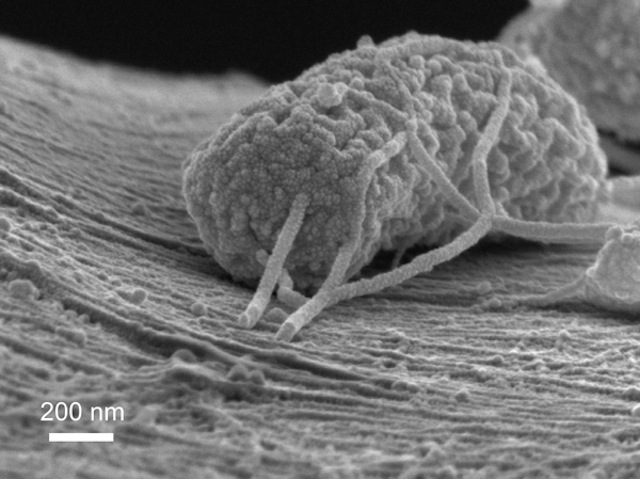SUMMARY
This is AI generated summarization, which may have errors. For context, always refer to the full article.

MANILA, Philippines – In this week’s Science wRap: a revelation from Mars, energy from bacteria, Arctic ice, and more.
More Arctic ice, but don’t rejoice yet

Sea ice in the Arctic Ocean mostly survived the summer melting season compared to last year’s record low, scientists said – but don’t rejoice just yet. Experts said this year’s ice floes mounted to 5.10 million square miles, the lowest this year, but still larger than 2012’s 3.41 million square miles. Despite this seeming positive development, overall, climate models and trends point to an ice-free Arctic summer in the coming decades. More on BBC News, The New York Times; in depth at the US National Snow and Ice Data Center.
Brave mice facing cats? Blame a parasite
The parasite Toxoplasma gondii is known to make mice lose their fear of cats – but new research revealed that even a brief exposure to the protozoan can cause the tiny critter to lose the said fear. In prior studies, T. gondii was thought to have caused the loss of fear of cats in mice only after a lingering infection, but now, in a study published in PLOS ONE, even a weakened form of the 3 variants of the parasite can do the “damage.” More on LiveScience; full study on PLOS ONE.
MERS updates

The threat of the Middle East respiratory syndrome (MERS) has gotten scientists and doctors on a fast lane trying to understand the new, dangerous disease. In a study published this week in the Lancet, DNA analysis of the virus from 21 patients across Saudi Arabia showed the virus most likely started between July 2007 and June 2012, and could have been transferred from animals to humans at least 7 different times. The center of the outbreak, the study said, is in the capital Riyadh. More on Rappler and ScienceNews; full study in Lancet.
Microbes to run your gadget? Closer than you think

Scientists have found a way to generate energy from microbes in wastewater. A team from Stanford University has developed a technique to use wastewater to generate electricity, in particular harnessing a type of “wired microbe” in the water to produce power. The researchers made a prototype with two electrodes in a bottle of wastewater filled with bacteria. “As the bacteria consume the organic material, the microbes cluster around the negative electrode, throwing off electrons, which are captured in turn by the positive electrode,” Agence France-Presse reports. Details on Rappler; more information from Stanford University, full paper in PNAS.
Clearing a village for nature
In many parts of the world, humans dislodge wildlife to make way for development; but in one village in India, the reverse has happened, to great results. For a month now, the former village of Navegaon (Ramdegi) is now part of the Tadoba-Andhari Tiger Reserve (TATR), after 200 families accepted government offers to make way for the expansion of the wildlife reserve. A total of 175 hectares of land were vacated by humans, and now, the Times of India reports “herds of bisons, chitals, sambars, nilgais and wild boards are now a common sight in the meadows,” aside from tigers, of course. This is not the first time the Indian government has relocated people to make way for nature, though. More on The Times of India and The Huffington Post.
Life on Mars? Sorry guys

Is our rocky neighbor Mars harboring life? Sorry, but data from the Curiosity rover suggests it is not likely. The rover has detected only trace amounts of methane in the planet’s atmosphere, dashing hopes of detecting any presence of life there. This did not line up with earlier findings, based on satellite data, that the planet has “plumes” of methane in the atmosphere, a key indicator of microbial life. Scientists, however, are not yet ruling out finding Martian microbes in the soil or in other parts of the planet. More on Rappler and The Guardian.
Did we miss any big science news this week? Sound off in the Comments section below. – Rappler.com
Add a comment
How does this make you feel?
There are no comments yet. Add your comment to start the conversation.